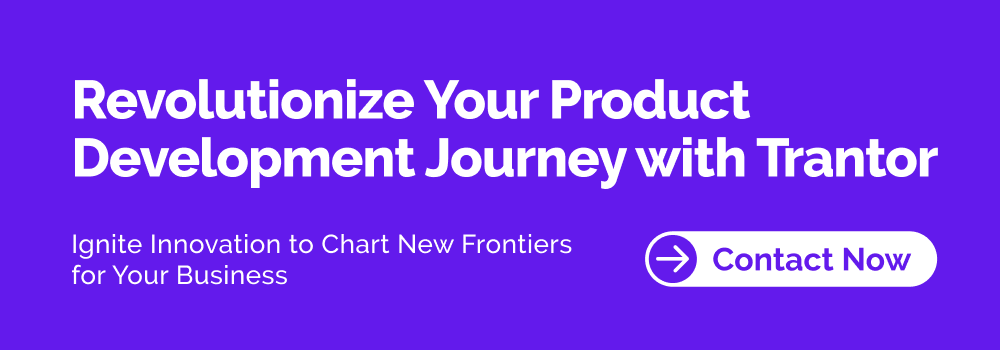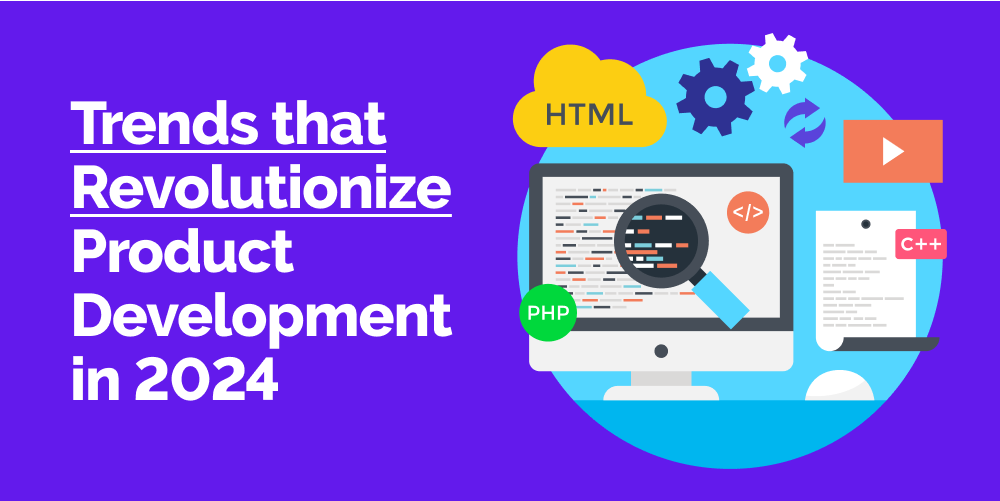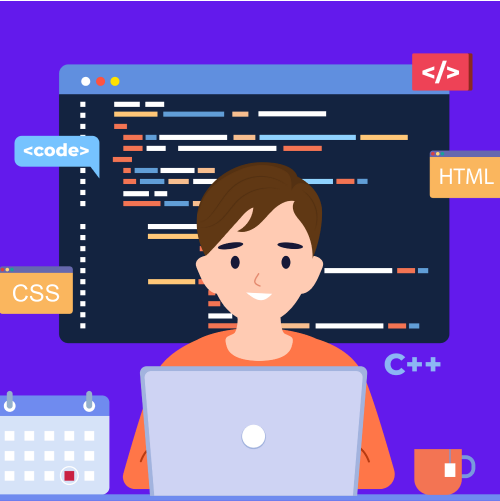Software Development, zBlog
8 Product Development Trends Revolutionizing 2025
Team Trantor | Updated: December 6, 2023
Introduction
In the dynamic and ever-evolving realm of product development, staying ahead is not just a competitive advantage; it’s a necessity. As we look towards 2024, the landscape is poised for groundbreaking changes fueled by cutting-edge technologies. This article explores eight pivotal product development trends that are set to reshape how products are conceived, built, and optimized in the coming years.
1. Low-Code/No-Code Development: Fueling Innovation for All
- Democratizing Development
The advent of low-code and no-code platforms represents a paradigm shift in product development. These platforms empower non-technical users to actively participate in the development process, allowing them to build applications, automate workflows, and customize systems through intuitive, visual interfaces. - Industry Use Case:
In the healthcare sector, where rapid application development is crucial, low-code platforms have empowered medical professionals to create custom apps tailored to their specific needs. This has resulted in streamlined processes, improved patient care, and enhanced operational efficiency. - Data Point:
According to Gartner, it is predicted that by 2025, a staggering 70% of application development will leverage low-code or no-code options, indicating the widespread adoption and impact of this trend. - Leading the Charge in 2024
Vendors like Appian, Mendix, and ServiceNow are positioned to lead the low-code growth in 2024. These platforms are expanding their capabilities to cater to the demands of enterprise-grade solutions, ensuring that even complex applications can be developed with unprecedented ease and speed.
2. ML-Powered DevOps: Transforming Operations with AI
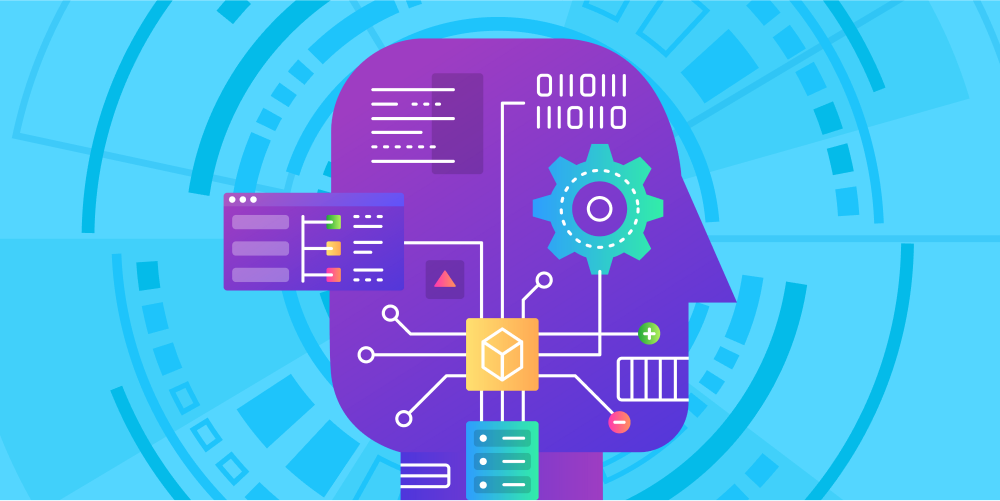
- The Convergence of AI and DevOps
Machine Learning is playing a pivotal role in transforming traditional DevOps practices. ML algorithms are increasingly taking on tasks traditionally handled by operations teams, such as monitoring systems, detecting issues, implementing security patches, and efficiently allocating resources. - Industry Use Case:
In the e-commerce industry, ML-powered DevOps is revolutionizing the way websites handle traffic spikes during major sales events. By predicting potential bottlenecks and optimizing resources in real-time, these systems ensure a seamless shopping experience for users, even under heavy loads. - Data Point:
A survey by DevOps.com indicates that organizations incorporating ML into their DevOps processes witness a 40% reduction in system downtime, showcasing the tangible benefits of this integration. - Specialized Tools for AIOps
Tools like Unravel, Functionize, and Anomalo specialize in AIOps, leveraging ML to streamline deployment, testing, and reliability. These solutions not only enhance developer productivity but also contribute to maintaining robust operational health.
3. Real-Time Collaboration in the IDE: Coding Together, Anytime, Anywhere
- Breaking Barriers with Live Collaboration
Integrated development environments (IDEs) are evolving to facilitate real-time collaboration within the programming workflow. Features like LiveShare enable developers to edit the same codebase simultaneously, fostering seamless collaboration irrespective of geographical barriers. - Industry Use Case:
In the gaming industry, where complex codebases are the norm, real-time collaboration features have significantly accelerated the development of new features. Game developers can collaborate in real-time, ensuring that intricate coding tasks are executed seamlessly. - Data Point:
A survey by Stack Overflow indicates that developers using collaborative features within their IDEs report a 25% increase in overall productivity, emphasizing the impact of real-time collaboration on development cycles. - Adoption Across IDEs
IDEs such as Microsoft Visual Studio, Gitpod, and Repl. are at the forefront of this trend, offering built-in collaboration features. The increasing adoption of such features in 2024 is expected to further speed up development cycles and enhance the efficiency of distributed development teams.
4. Democratized Data and Analytics: Empowering Teams with Insights
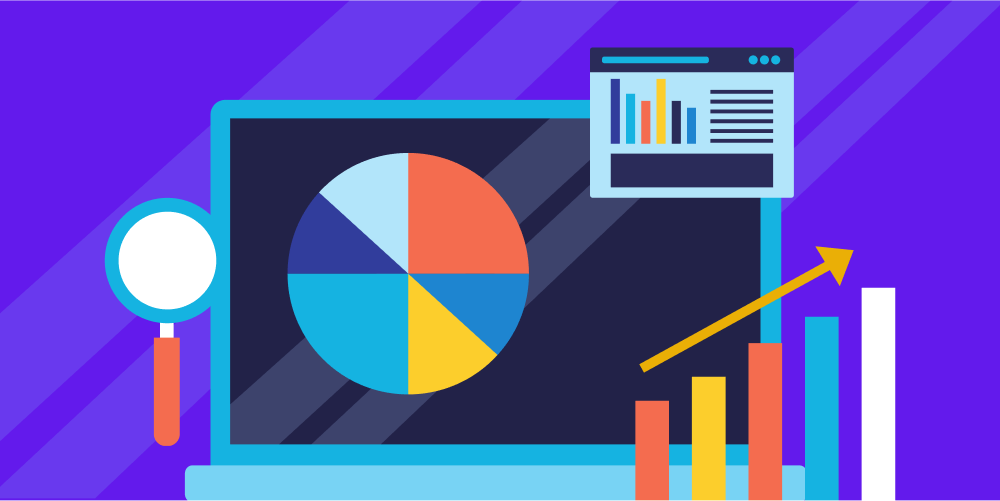
- Breaking Data Silos
Access to data insights is a cornerstone of informed decision-making in product development. However, bottlenecks often hinder the seamless flow of data across teams. New solutions are emerging to democratize access by securely centralizing data in cloud data lakes and warehouses. - Industry Use Case:
In the finance industry, where data-driven decisions are paramount, democratized access to centralized data has empowered teams to conduct real-time risk assessments. This has resulted in more agile responses to market fluctuations and regulatory changes. - Data Point:
A study by Harvard Business Review reveals that organizations embracing data democratization witness a 35% improvement in decision-making speed, emphasizing the crucial role of accessible data in the development process. - Empowering Non-Technical Roles
Dashboards and self-serve analytics are empowering non-technical roles within product teams to uncover their insights. Vendors like Snowflake, Starburst, and Firebolt are driving this democratization by simplifying data pipelines and analysis, making data-driven decision-making a reality for all team members.
5. Everything-as-Code Infrastructure: Coding for Consistency and Efficiency
- Expanding the Coding Paradigm
The everything-as-code paradigm is extending beyond infrastructure, shaping how various aspects of product development are managed through code. - Industry Use Case:
In the automotive industry, everything-as-code practices are applied to configuration management, ensuring that changes in vehicle software configurations are consistently applied across the entire fleet. This results in enhanced safety and performance. - Enabling Solutions by Key Players
Companies like HashiCorp, Palo Alto Networks, and Red Hat are offering solutions that enable everything-as-code approaches. These solutions facilitate not only consistency in product development but also efficiency in managing various aspects of the product lifecycle.
6. Microservices Architecture: Modular and Scalable Development
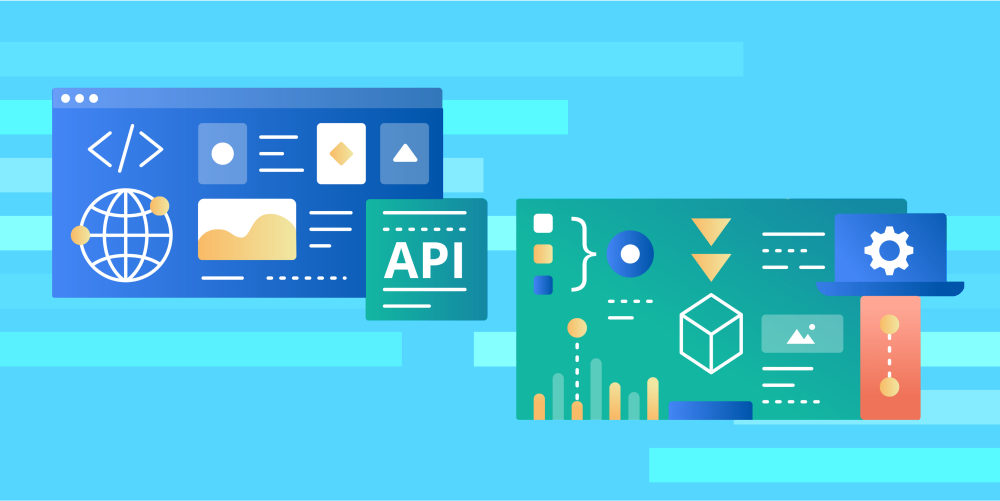
- Embracing Modularity
Microservices architecture continues to gain prominence as a development approach that emphasizes building software as a set of independently deployable services. This modularity allows for flexibility, scalability, and independent development of components. - Industry Use Case:
In the travel industry, where booking systems must seamlessly integrate with various services, the microservice architecture allows for the independent development and deployment of each service. This results in a more agile and scalable booking platform. - Data Point:
According to a survey by O’Reilly Media, organizations adopting microservices report a 35% increase in development speed and a 30% reduction in time spent on debugging, emphasizing the advantages of this architectural approach. - Enabling Faster Iteration
Microservices enable faster iteration and deployment of features, making it easier to adapt to changing requirements and ensuring that the development process remains agile in the face of evolving market demands.
7. Edge Computing Integration: Processing Data Closer to the Source
- Enhancing Real-Time Processing
As the demand for real-time data processing grows, integrating edge computing into product development becomes pivotal. Edge computing reduces latency by processing data closer to the source, enhancing the performance of applications and devices. - Industry Use Case:
In the manufacturing industry, where real-time monitoring of machinery is crucial, edge computing ensures that data is processed locally. This minimizes latency, allowing for quicker detection of issues and reducing downtime. - Data Point:
A study by IDC predicts that by 2025, 45% of the data generated by IoT devices will be processed at the edge, underscoring the increasing importance of edge computing in product development. - Optimizing Performance
Integrating edge computing into product development optimizes the performance of applications, particularly in scenarios where real-time processing is essential. This trend becomes increasingly relevant as industries rely on the instantaneous analysis of data for decision-making.
8. AI-Enhanced User Personalization: Tailoring Experiences for Individuals
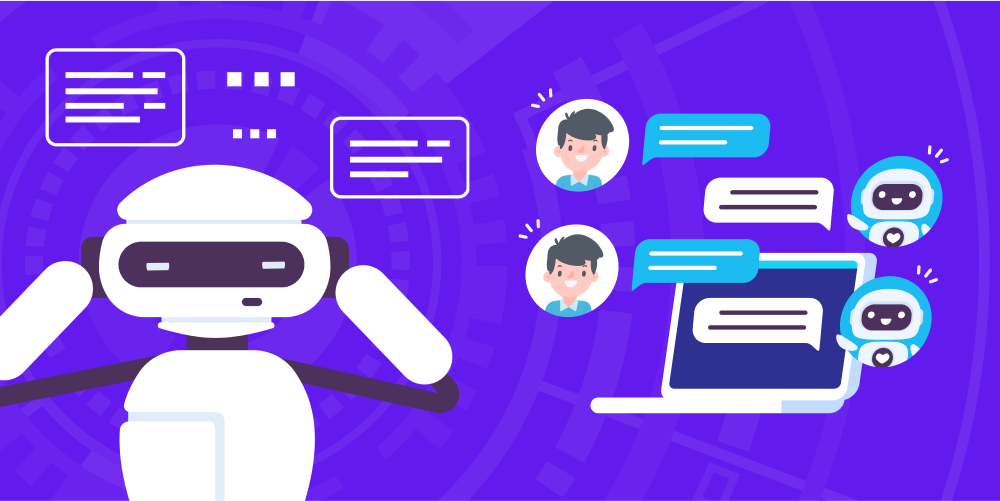
- Personalizing User Journeys
AI-driven personalization takes center stage, allowing products to adapt and customize user experiences based on individual preferences and behaviors. This trend ensures higher user satisfaction and engagement. - Industry Use Case:
In the e-learning industry, where personalized learning experiences are crucial for student engagement, ArtificaI Intelligence-driven personalization algorithms adapt course content based on individual learning styles. This results in improved learning outcomes. - Data Point:
A survey by Accenture Interactive reveals that organizations implementing AI-driven personalization witness a 20% increase in customer satisfaction and a 15% boost in customer retention, highlighting the impact on user relationships. - Driving Engagement
AI-enhanced user personalization is not limited to content; it extends to user interfaces, recommendations, and even the timing of interactions. This level of personalization contributes to a more engaging and satisfying user journey.
The Path Forward: Next-Gen Development
Underpinning these product development trends are three key drivers of change:
- Cloud Native Development using Containers, Microservices, and APIs
- Focus on Accelerated Time-to-Market for Continuous Delivery
- Need for Democratization to Unlock Productivity
Combined, these drivers enable building better products faster by expanding the development pool. The future of product innovation involves unified teams and infrastructure.
Product Development Trends: Shaping the Future
As we look towards the future, these product development trends underscore the transformative nature of the technologies shaping product development in 2024. From empowering non-technical users through low-code platforms to optimizing operations with ML-powered DevOps, each trend contributes to a more efficient, collaborative, and data-informed product development process.
The industry-specific use cases and data points emphasize the real-world impact of these trends across various sectors. Whether it’s the democratization of data access, the adoption of everything-as-code infrastructure, or the integration of edge computing, the path forward is clear: a next-gen development landscape that thrives on collaboration, agility, and the strategic application of advanced technologies.
In 2024, successful products will not just be the result of craftsmanship; they will be born out of a consistent, agile, and data-informed science. As we navigate the evolving landscape of product development trends, the key lies in embracing these emerging technologies, fostering a culture of innovation, and laying the foundation for the next-generation operating model today.
Trantor: Pioneering Software and Product Development
In this dynamic era of product development, Trantor stands at the forefront, championing innovation and excellence. Leveraging cutting-edge technologies, Trantor’s software development and product development solutions embody the above principles, ensuring a consistent, agile, and data-informed approach. With a commitment to fostering a culture of innovation, Trantor lays the foundation for the next-generation operating model, driving success for clients in the rapidly evolving landscape of software product development.
